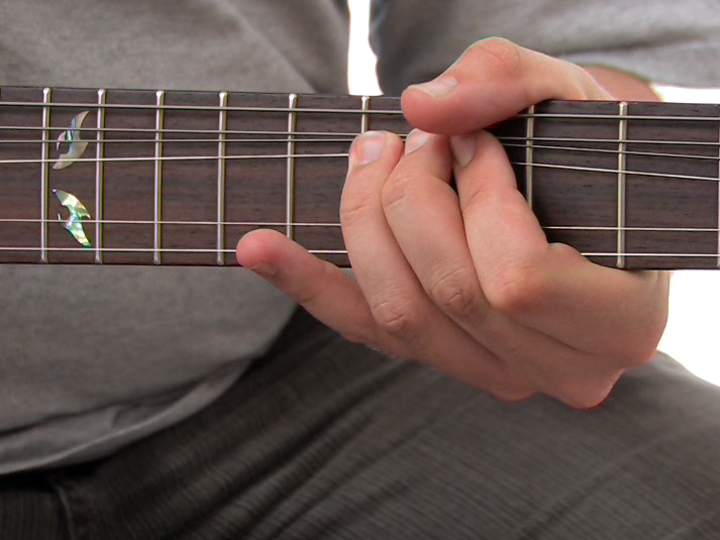How to: play perfect, clean string bends
Avoid unwanted tones when string bending

Every month, Guitar Techniques attempts to answer guitarists' playing posers and technical teasers with expert and practical advice. This time we look at cleaning-up those string bends…
The Question:
Dear GT
I've been having some trouble with my string bending technique. I thought it was pretty good for a while but as my ear has improved and I've started recording myself playing, I've noticed some things that have really started to bother me.
I'm fine when I'm using the G string or below, but when I bend the first or second strings up a tone or more, I touch the third or fourth which then rings out if I release the bend too quickly.
It's usually covered if I'm using a backing track or noise gate but I would really like to make my playing sound as clean as possible. Any advice would be much appreciated.
Charlie
The answer:
Without being able to see exactly what you're doing with your fingers when you bend the string, we can only hazard a guess as to where the problem is occurring, Charlie.
Want all the hottest music and gear news, reviews, deals, features and more, direct to your inbox? Sign up here.
Something we've seen many times before is players who position their fingers perpendicular to the fingerboard when they push the string. This means that the fingernail comes into contact with the unbent lower strings causing them to sound when the bend is released.
To get around this, you have to allow the fleshy part of the fingertip to touch the lower strings - the softer flesh acting as a mute.
The other thing to consider is some light picking hand muting while you bend - especially if it's a tone or more - as this will stop any random vibration in the lower strings dead.
Consider both these techniques for a while when you practise and if the problem persists, we would suggest that you book a lesson or two with a teacher who can have a close look at what's going on and advise you accordingly. Good luck!

